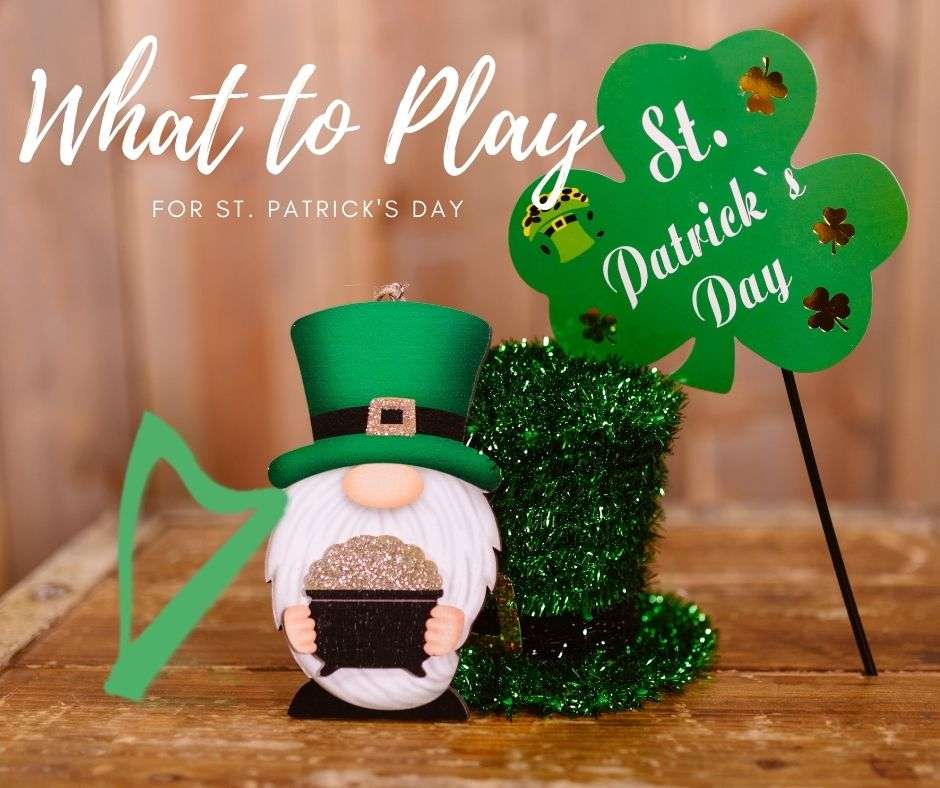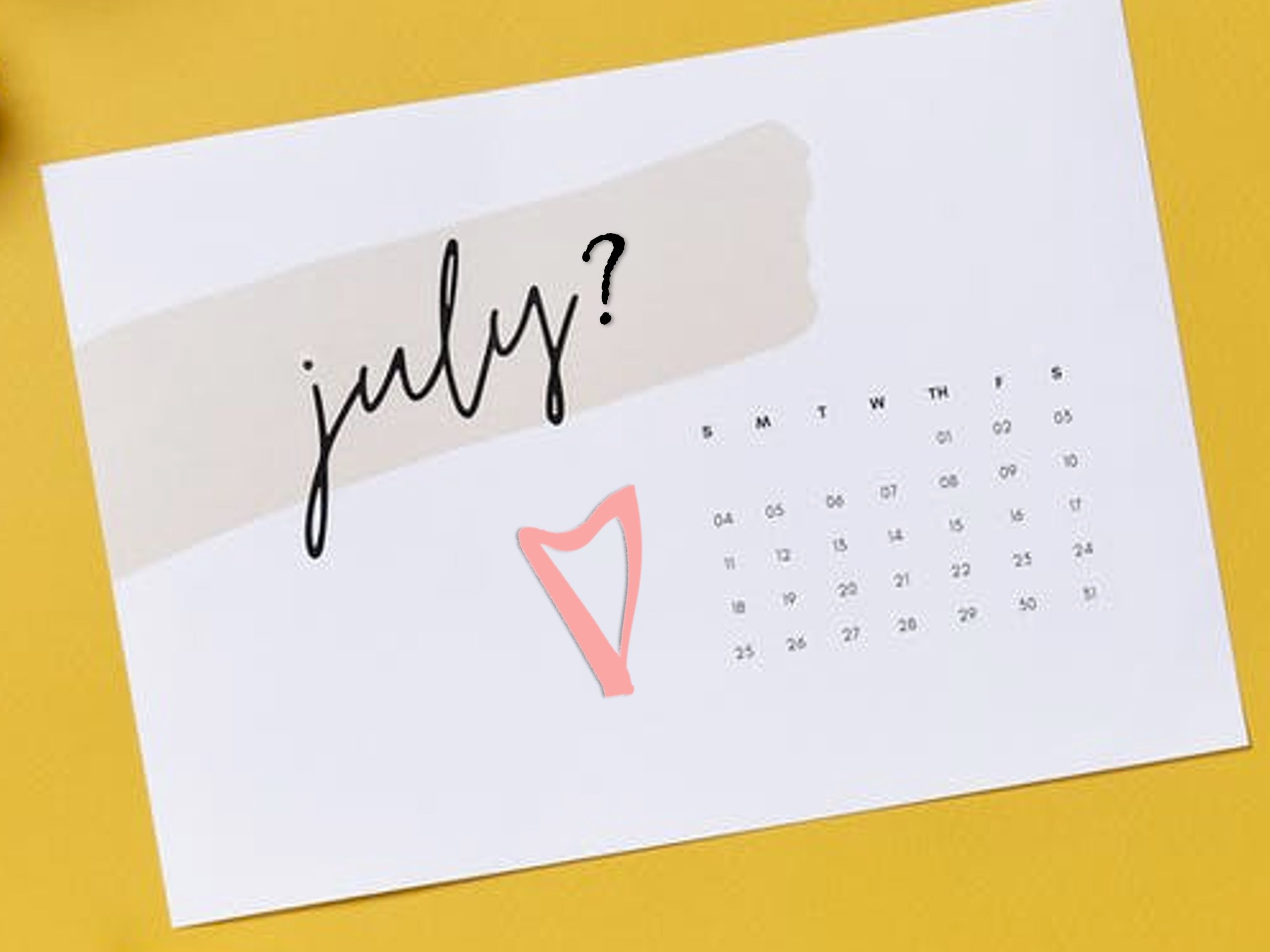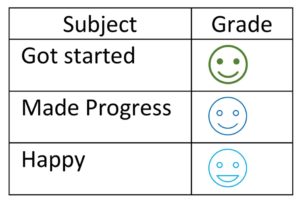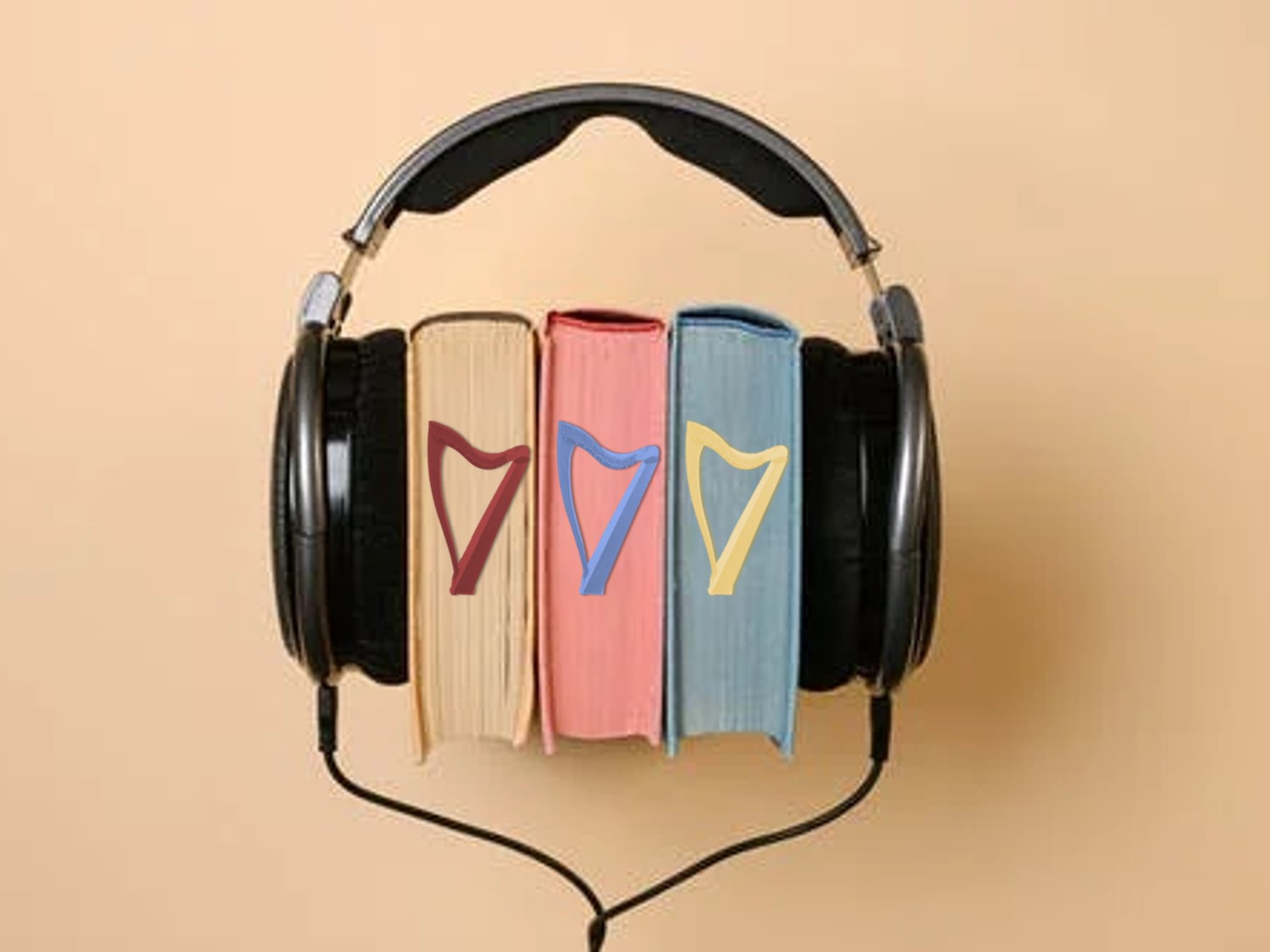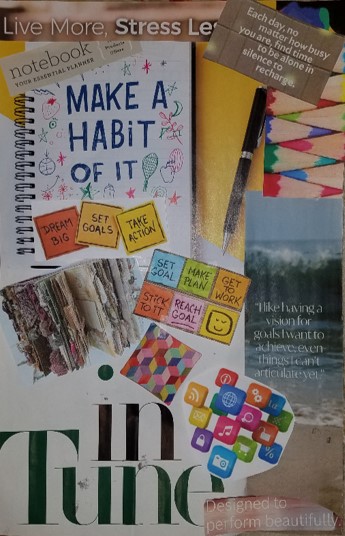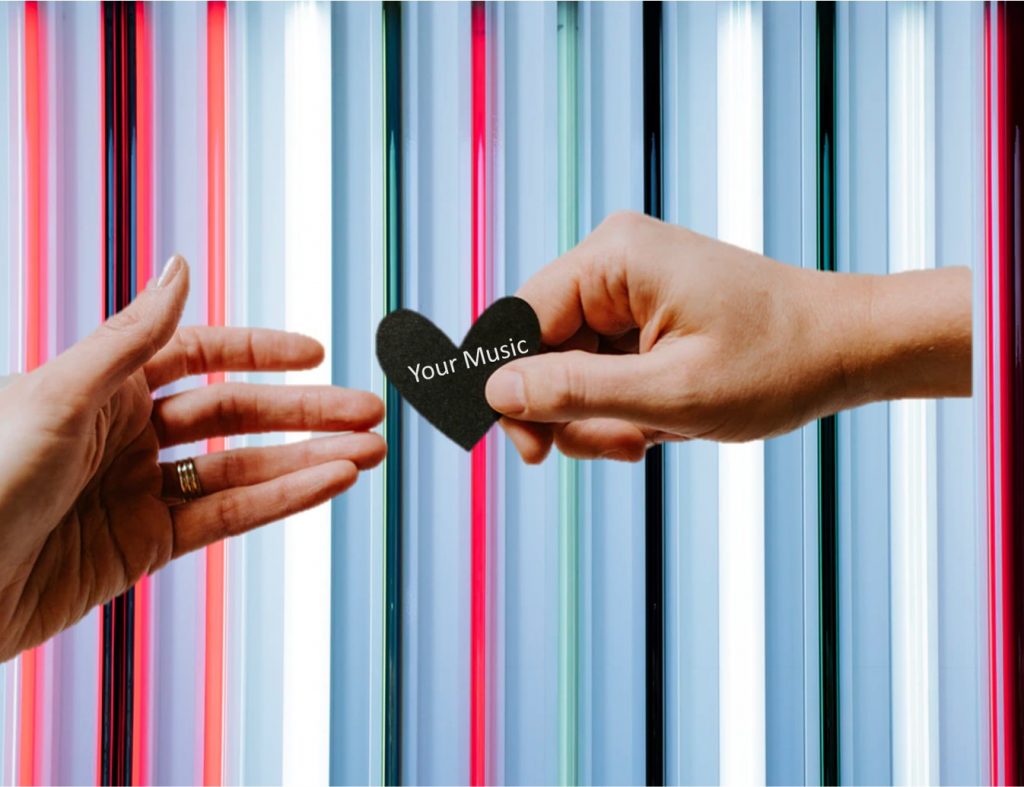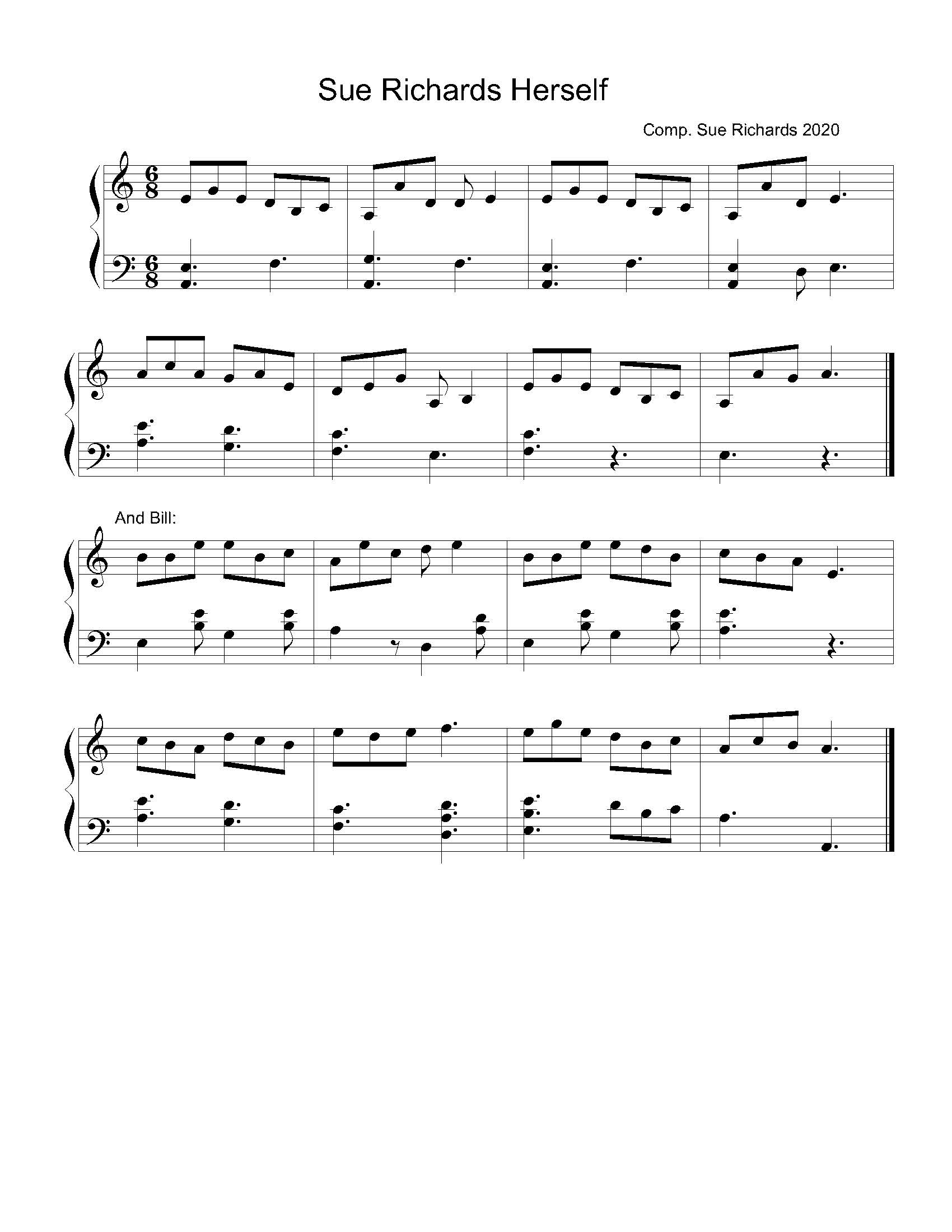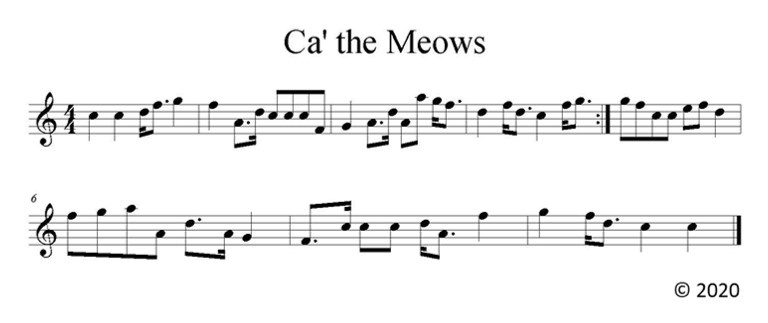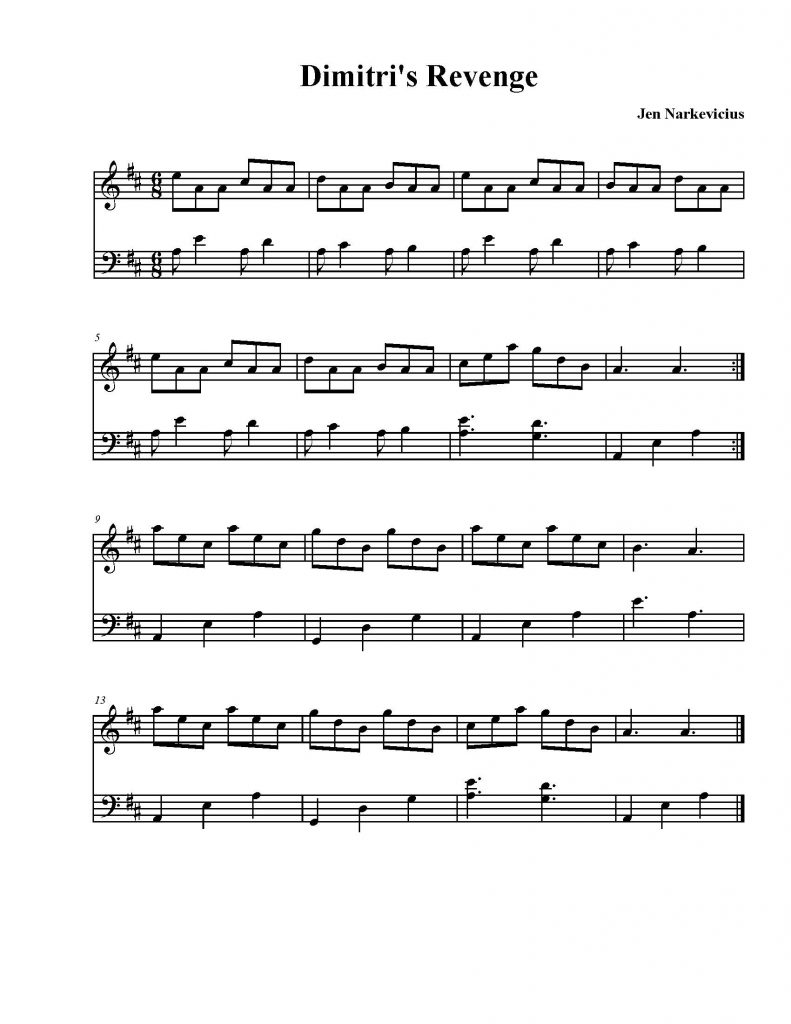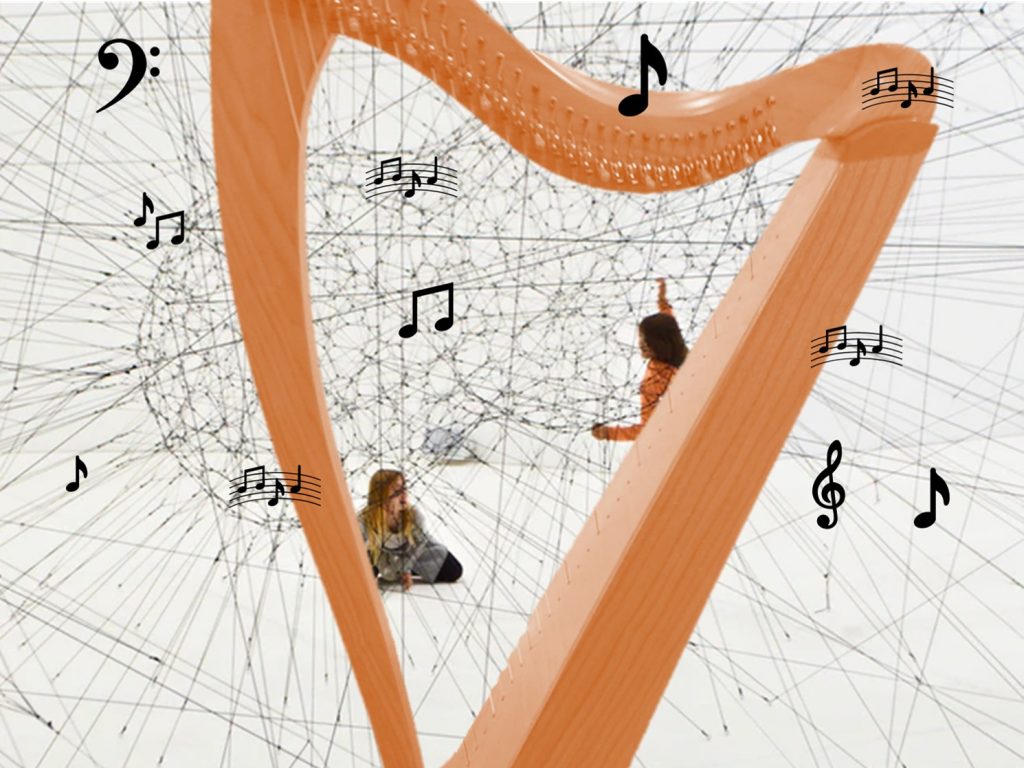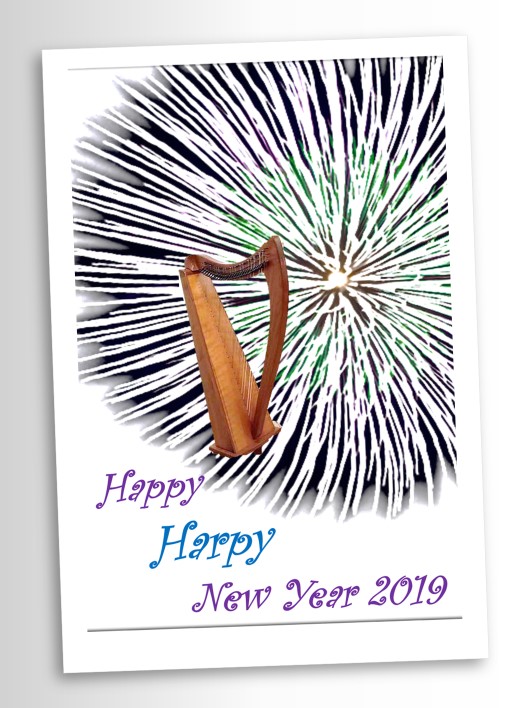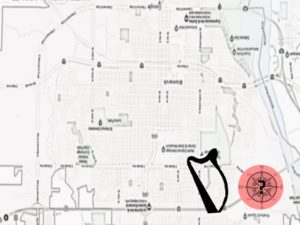It’s March. And if you play traditional music, you know what that means…. St. Patrick’s Day is coming and we’re about to become very popular (briefly).
What a blessing – a holiday seemingly tailor made for us!
What a curse – stuck playing tunes that can feel almost as trite as Christmas can.
So, what are you going to do about it? Well, you have to start by figuring out what you’re going to play. It’s fairly safe to stick to the tradition but that still leaves a lot of tunes to choose from.
Start with tunes you actually know! It’s really hard to get a tune learned and ready to go in a short time (after all St. Patrick’s Day is a week away!) – especially if you’re playing solo or are tasked with carrying the melody in a group. Jot down all the Irish (or near Irish) tunes you know. Some may not actually be Irish, but if you hear it a session or in the pub, it’ll do.
Then list them AND include what type of tune they are and what they go with or if they stand alone. The Derry Air is a standalone, The Rights of Man maybe needs some company.
How long are you to play? That will help you figure out how many tunes are needed. For a 30-minute set you will be sitting pretty to have ten or so (don’t just wing it – time it!), for an hour, maybe 20 – 25 (again, don’t wing it but also be ready to have to go a little longer). If you’re a background gig, you’ll need more than if you’re a performance because performing includes more vocal interaction with the audience.
Go back to your list and count up not only how many you have but how many of each type. If you’re playing a dinner background you can get away with more songs and airs but if you’re performing on stage, you need to keep your audience engaged and interested so more fast stuff. By more fast stuff I don’t mean an unending torrent of one type of tune – mix up jigs and reels and hornpipes and marches if you have them. (If you don’t have that kind of diversity, now you know what to be practicing to build out your rep!).
Once you can see where your holes are you can endeavor to fill them (although, note above, with one week to go, you will probably fill those holes next time). And even if you’re not playing for St. Patrick’s Day, you’ll have a good representation of what you do and don’t know and what you should add as you continue to learn.
Think about your audience. It is said that on St. Patrick’s Day everyone is Irish. If your audience is from the national Irish Historical Society, they may have a greater familiarity with the music. But if everyone is Irish that day, they may have only a passing familiarity with traditional Irish music (many fall into the categories of “I love Celtic music” or “it all sounds the same to me”) in which case, you can draw from other parts of your repertoire to make your set list.
Practice like crazy (of course). Work on your technique and your idiom. Be sure it looks good and sounds right!
Finally, when it’s time to play, relax and enjoy. After all this is fun music and that’s why people love it. They’ll enjoy it even more if it seems that you are enjoying playing it!
Are you playing for St. Patrick’s Day this year? What are you going be play? Let me know if in the comments!

